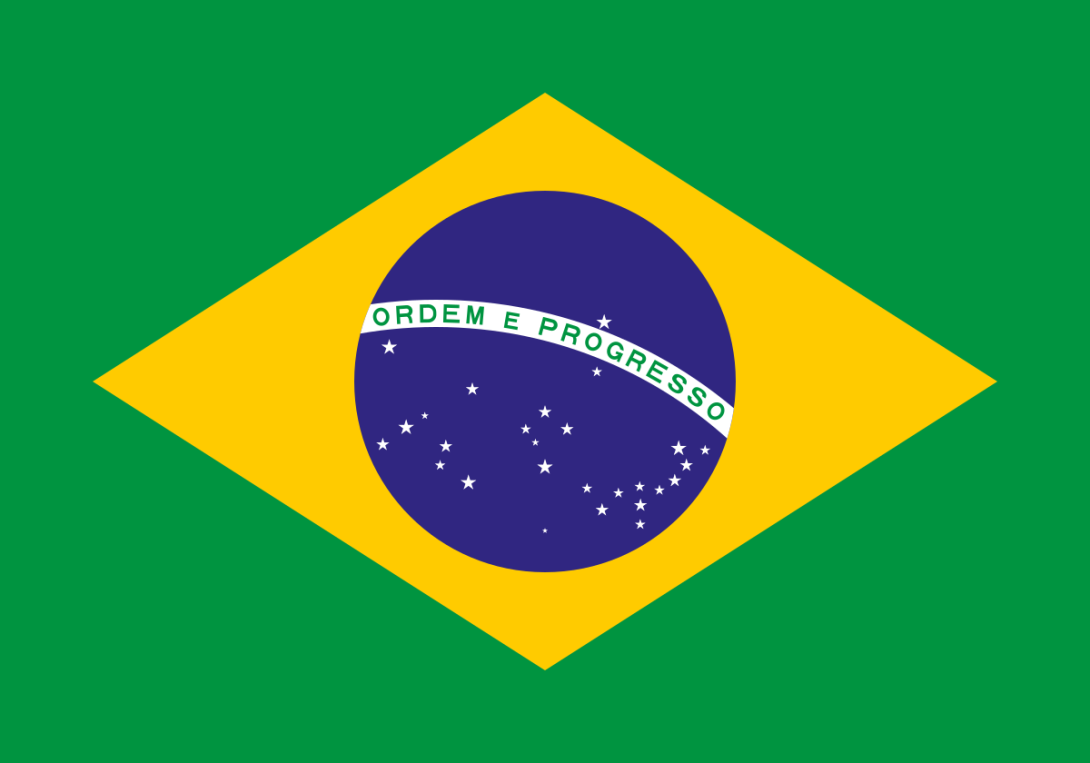Brazil faced a coffee surplus problem in the 1930s.
The Great Depression of 1929 caused a dramatic decline in the global economy and demand for coffee.
Consumers around the world had less money to spend on non-essential goods.
International trade contracted sharply, making it difficult to export Brazilian coffee.
Brazil had dramatically expanded its coffee production in the 1920s, a time when prices were high and demand was strong.
By the time the depression hit, the country had large plantations producing far more coffee than the global market could absorb.
Brazil was, and still is, the world's largest coffee producer, accounting for the majority of the world's supply.
So when demand fell, Brazil bore the brunt of the surplus problem.
With supply far exceeding demand, coffee prices plummeted.
This created a vicious cycle.
There were not enough buyers, even at very low prices, and large inventories of unsold coffee built up.
The Brazilian government took various measures to deal with the crisis, including burning millions of bags of coffee to reduce supply and stabilize prices.
However, this was wasteful and economically damaging.
So they sought alternatives and approached Nestlé to develop a product that would use their surplus coffee beans and have a longer shelf life.
This led to the birth of Nescafé.
The crisis actually spurred innovation in the coffee industry, with companies looking for new ways to preserve and sell coffee.

Comments